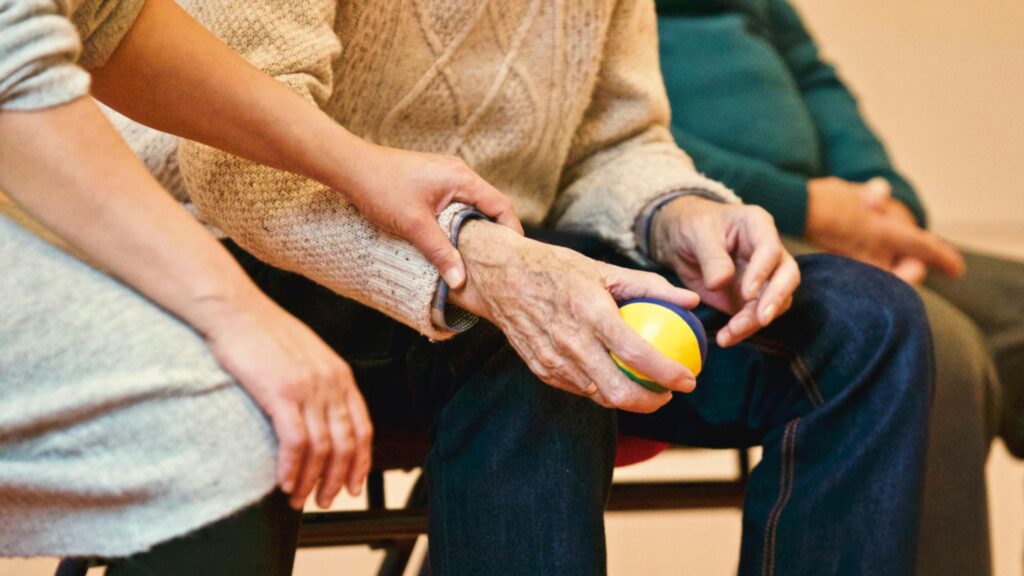Eating Disorders and Aging: A Hidden Struggle Among Older Adults
When most people hear the phrase “eating disorders,” they often think of adolescents or young adults. Media depictions, research, and even clinical training have long reinforced the stereotype that anorexia nervosa or bulimia nervosa primarily affect teenagers. But the truth is that older adults also experience eating disorders, sometimes for the first time in mid-life or later-life.
Because symptoms in this age group often look different from those in younger people, they are frequently missed by families, caregivers, and even healthcare professionals. As a result, thousands of older people and elderly patients live with undiagnosed conditions—struggling in silence when support is needed most.
Why Eating Disorders Are Overlooked
Eating disorders are serious mental health conditions, not phases or lifestyle choices. But in older adults, they are often misinterpreted. Weight changes may be attributed to chronic medical conditions or aging itself. Changes in food intake are sometimes dismissed as medication side effects. Concerns about body weight or body image may be minimized, especially for men and older women.
This bias delays diagnosis and treatment. Yet the data is clear: the prevalence of anorexia nervosa, bulimia nervosa, and binge eating disorder among elderly populations is higher than most people realize.
Risk Factors in Midlife and Later Life
Why do eating disorders affect older adults? Several risk factors are unique to this stage of life:
- Life transitions and stressors: Retirement, bereavement, caregiving demands, and social isolation can all destabilize identity and routine. Disordered eating may develop as a response to these stressors.
- Body image and self-esteem: Generations raised in diet culture may carry decades of body dissatisfaction. Concerns about aging, menopause, or changes in body weight can fuel restrictive eating or fear of weight gain.
- Healthcare and medications: Some drugs can affect appetite or digestion. Misuse of laxatives or diuretics can begin as a way to manage symptoms but can quickly escalate into harmful patterns.
- Mental health concerns: Depression, anxiety, and loneliness can all increase vulnerability. Without adequate psychotherapy or community connection, disordered eating may become a coping mechanism.
Warning Signs in Older People
Recognizing eating disorders in later life may require attention to subtler cues than in adolescents. Warning signs may include:
- Refusal to eat in social settings, leading to social isolation
- Obsession with “healthy eating”
- Sudden or unexplained weight changes
- Distorted body image or negative self-talk about aging
- Persistent fear of weight gain
- Excessive use of laxatives or other purging behaviors
- Episodes of binge eating
- Physical consequences such as fatigue, osteoporosis, or frequent falls
Because older adults often have multiple comorbidities, these symptoms can be hidden under other diagnoses. That’s why proactive screening by clinicians is so important.
Health Consequences
Eating disorders are dangerous at any age, but in elderly patients they can be devastating. Consequences include:
- Malnutrition and weakened immunity
- Increased risk of fractures and osteoporosis
- Cardiovascular complications from electrolyte imbalances
- Severe gastrointestinal damage
- Longer hospitalizations and reduced independence
- Higher mortality rates
These risks underscore the need for interventions designed specifically for this age group.
Gender and Generational Perspectives
While women remain more likely to develop eating disorders, men are not immune. Middle-aged and older men may turn to extreme diets, compulsive exercise, or steroids in response to body dissatisfaction.
Cultural context matters too. Many older adults grew up during eras when thinness equaled discipline and self-esteem was tied to appearance. The stigma around seeking help for a mental disorder often stops them from disclosing symptoms to loved ones or clinicians.
The Role of Healthcare
Healthcare systems must recognize that eating disorders are not limited to youth. Steps include:
- Assessment: Ask direct questions about food intake, dieting history, and body image.
- Intervention: Provide referrals to dietitians, therapists, and support groups.
- Levels of care: Tailor treatment based on medical risk, ranging from outpatient therapy to inpatient stabilization.
- Follow-up: Consistent monitoring of vitals, labs, and behaviors is key.
A systematic review of existing research highlights the urgent need for age-specific approaches in geriatric and psychogeriatric care.
Pathways to Recovery
Treatment works—at every age. Recovery for older adults may include:
- Psychotherapy to process changes in self-identity, grief, and/or trauma
- Nutritional counseling
- Medical monitoring
- Group support that can reduce social isolation and allow connection with peers
- Check out The Alliance’s Free, Weekly, Therapist-Led Support Group for Individuals in Mid-Life & Beyond.
- Caregiver involvement to ensure support outside of therapy/treatment
Breaking the Silence
Perhaps the greatest barrier is stigma. Many elderly people may feel ashamed to admit to disordered eating, believing they “should have outgrown it.” Others may fear dismissal from healthcare professionals. But silence fuels suffering.
By naming the problem, sharing stories, and validating experiences, we show that eating disorders in older individuals and elderly patients are real—and recovery is possible.
An Age-Inclusive Perspective
Eating disorders in the elderly are not rare—they’re just underrecognized. From adolescents to older adults, eating disorders span all age groups. They intersect with mental health, physical health, and quality of life.
By raising awareness, training providers, and offering tailored treatment of eating disorders, we can help break down barriers and provide hope. Whether someone is 16 or 76, they deserve care, compassion, and the chance to live a life beyond eating disorders.
You Are Not Alone
If you or a loved one is struggling with an eating disorder—at any age—help is available. The Alliance offers free, weekly, therapist-led support groups (virtual and in-person) nationwide, as well as a free, therapist-staffed helpline.



